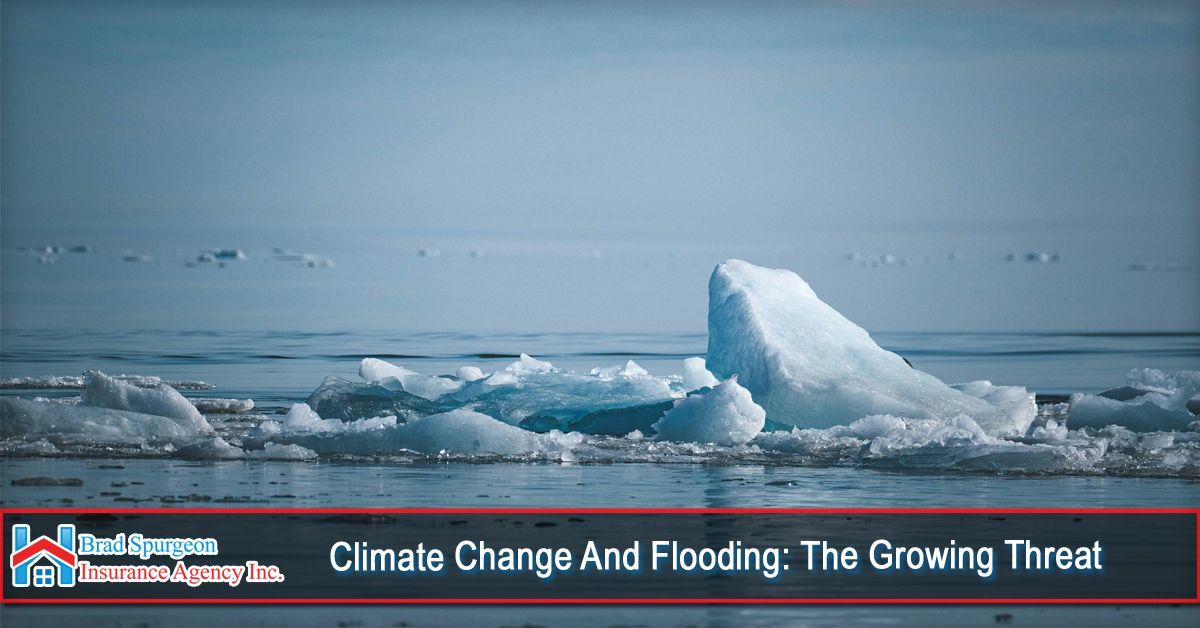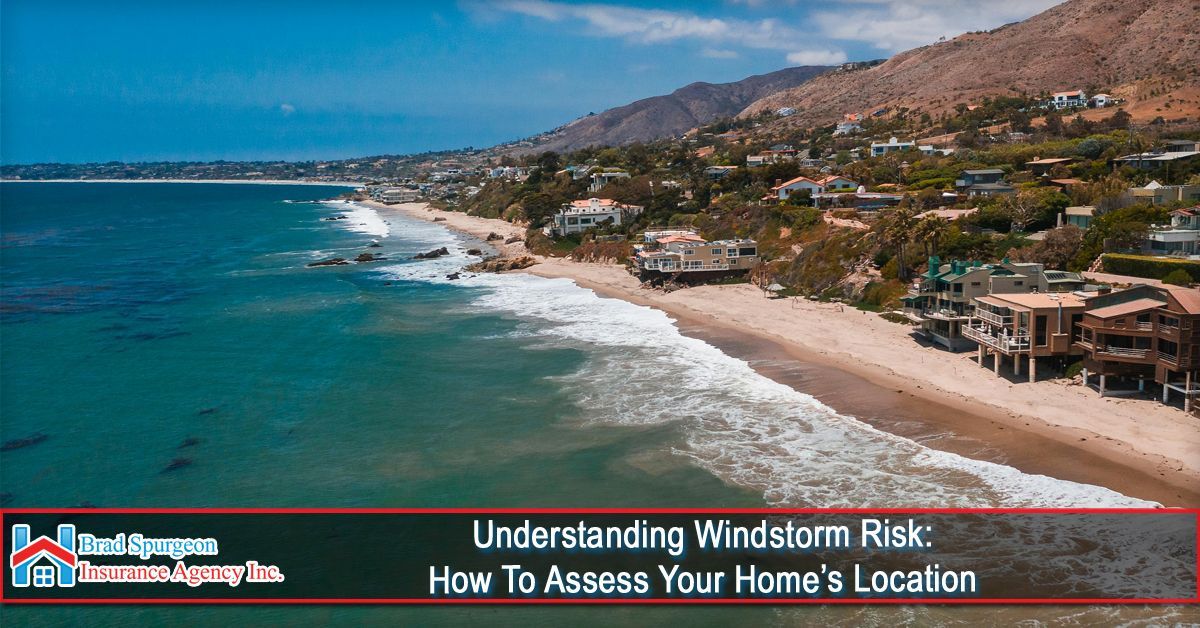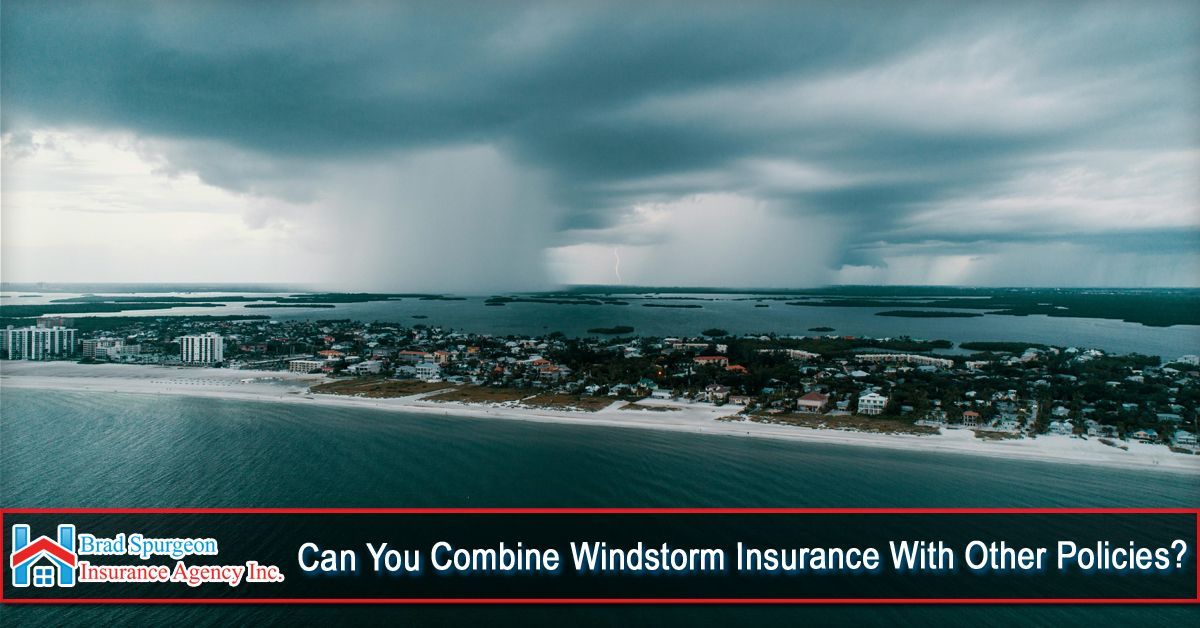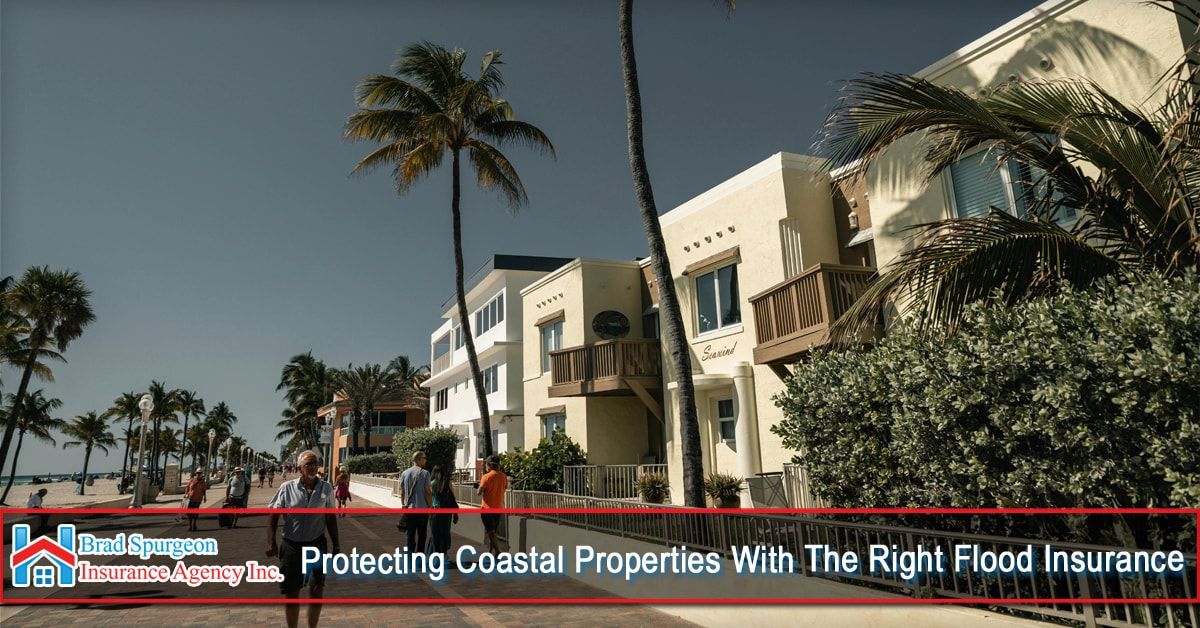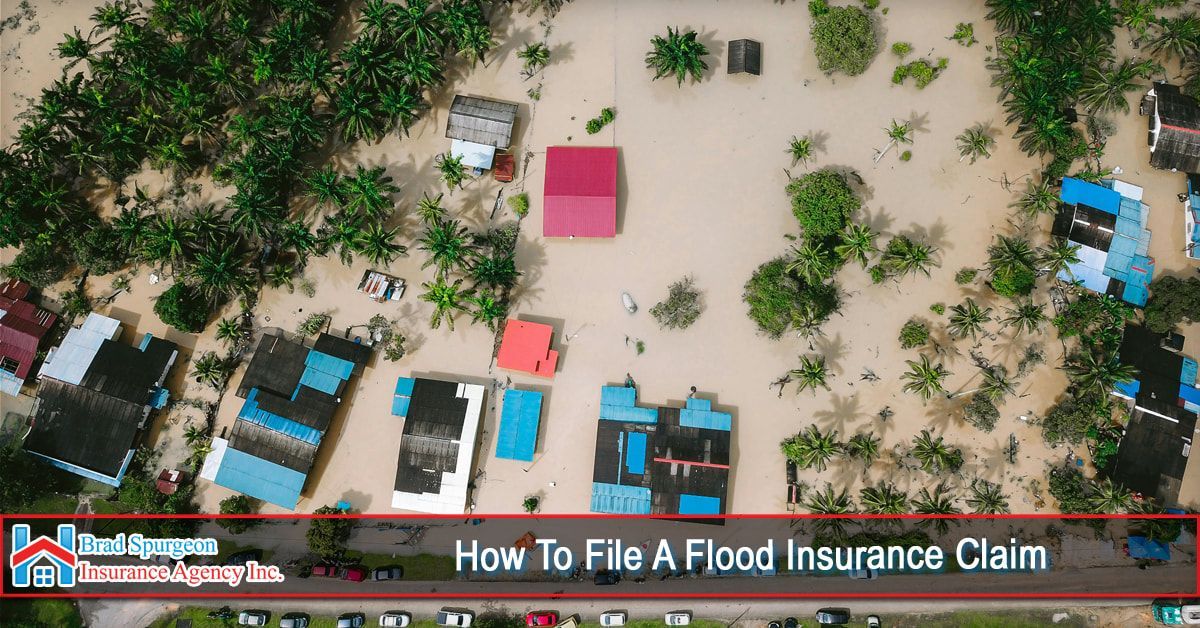Experiencing a flood can be devastating, but having flood insurance can provide some peace of mind and financial relief. Knowing how to file a flood insurance claim properly can help ensure you receive the compensation you need to recover and rebuild. Here’s a step-by-step guide to help you navigate the flood insurance claim process.
As soon as it is safe to do so, contact your insurance agent or company to report the flood and start your claim. Have your policy number and contact information ready. Prompt reporting is crucial, as most policies require you to notify them within a certain timeframe after the event.
Before you start any cleanup or repairs, thoroughly document the damage. Take photos and videos of all affected areas and items, both inside and outside your home. Make a detailed list of damaged or lost items, including their approximate value and purchase date. This documentation will be essential when filing your claim and can help substantiate your losses.
Take reasonable steps to prevent further damage to your property. This might include covering broken windows, removing excess water, or salvaging undamaged items. Keep receipts for any expenses incurred in making temporary repairs, as these may be reimbursable under your policy.
A Proof of Loss is a sworn statement of the amount you are claiming, including all necessary supporting documentation. This form must be filed with your insurance company, usually within 60 days of the flood. Your adjuster can provide guidance on how to complete this form and what information is required.
An insurance adjuster will be assigned to assess the damage to your property. Be prepared to provide them with your documentation, including the list of damaged items, photos, and any receipts for temporary repairs. Walk through your property with the adjuster to ensure they see all areas of damage.
After the adjuster has completed their assessment, they will provide a report outlining the scope of the damage and the estimated cost of repairs. Review this report carefully to ensure it accurately reflects the damage. If there are discrepancies, discuss them with your adjuster.
Once your claim is approved, you will receive payment based on the adjuster’s report and the terms of your policy. This payment may come in multiple installments, particularly if you have a mortgage and the check is made out to both you and your lender. Ensure you understand the payment process and how to proceed with repairs.
Use the insurance payout to hire licensed contractors and complete necessary repairs. Keep all receipts and records of the work done. Depending on your policy, you may need to provide proof of completed repairs to receive full payment.
Filing a flood insurance claim can be a complex process, but it is essential for recovering from flood damage. Having flood insurance is crucial, as standard homeowner's policies typically do not cover flood-related losses. Flood insurance provides the financial means to repair and rebuild your home, replace damaged belongings, and ensure your family's safety and well-being after a flood. Understanding your flood insurance policy, including coverage limits and exclusions, is vital to navigating the claims process smoothly. By being prepared and knowledgeable about filing a claim, you can maximize your recovery and minimize the stress and disruption caused by a flood.
Filing a flood insurance claim involves several critical steps, from reporting the damage to completing repairs. By following this guide and working closely with your insurance agent and adjuster, you can ensure a thorough and accurate claims process. Proper documentation and timely communication are key to receiving the compensation you need to restore your home and life after a flood. Remember, having a comprehensive flood insurance policy is an essential safeguard against the unpredictable nature of flooding, providing the financial support necessary to recover from such events.
At Brad Spurgeon Insurance Agency Inc., we aim to provide comprehensive insurance policies that make your life easier. We want to help you get insurance that fits your needs. You can get more information about our products and services by calling our agency at (409) 945-4746. Get your free quote today by CLICKING HERE.
Disclaimer: The information presented in this blog is intended for informational purposes only and should not be considered as professional advice. It is crucial to consult with a qualified insurance agent or professional for personalized advice tailored to your specific circumstances. They can provide expert guidance and help you make informed decisions regarding your insurance needs.

